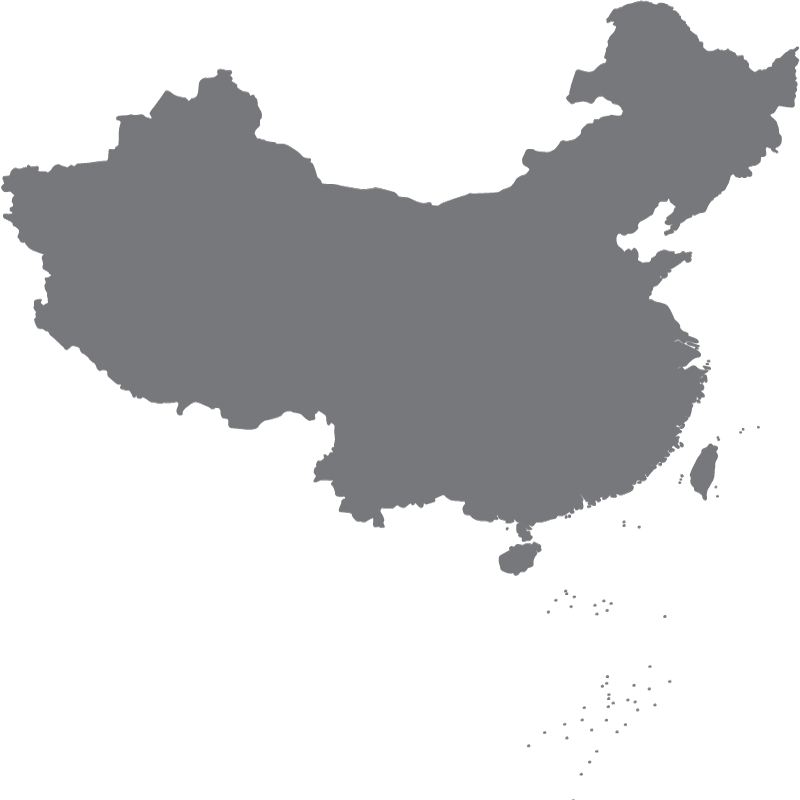China Regulatory Routes
Routes to the Chinese market
What's the most common route to enter the Chinese market?
There's an difference between the regulatory route for foreign manufacturers and domestic manufacturers. In addition to the standard regulatory routes for market entry, there are several supplementary approval routes for faster approvals.
Qserve's leads foreign manufacturers and domestic manufacturers to the complete approval process, or filling process at the NMPA (former CFDA) and obtain a product certificate registration process.

Foreign manufacturer
For
a foreign medical device manufacturer, the most common regulatory route to enter the Chinese market is to go through the approval process (Class II & III product), or filling process (Class I product) at the NMPA (National Medical Product Administration, former CFDA), and obtain
a product certificate.
NMPA is the national health authority that is responsible for the regulation, approval, and supervision of medical devices during their whole lifecycle in the Chinese (mainland) market. Foreign medical devices of class II & III require product registration with technical/clinical file review, while class I foreign devices need filing with NMPA.
Pre-requisite market approval for foreign devices in China also implies that manufacturer
s shall have approval in their country of origin (FDA or CE marking for instance) prior to entering China unless their
products are viewed as innovative.
Flowchart I shows the foreign products registration process.
Domestic manufacturer
Under National NMPA, there are provincial level and city-level SAMR (city-level State Administration of Market Regulation) for each province.
Domestic class I devices file with SAMR, while domestic class II needs product registration approval by province-level PMA.
Domestic class III products shall be reviewed and approved by NMPA via the same registration route as the foreign class II & III devices.
Domestic manufacturers may also take full advantage of using the MAH (market authorization holder) policy to boost the approval by separating the manufacturing license to subcontractors from the product certificate holder.
Flowchart II shows the domestic
products registration process.
Supplementary approval routes
In addition to the above standard regulatory routes for market entry, there are several supplementary approval routes for faster approvals for foreign and domestic manufacturers.
Three Fast Track Submission Routes
Under the current Chinese regulatory framework for medical device application there are three 'Fast-Track' pathways nationwide available. These so-called green channel paths provide accelerated approval advantages.
These fast track routes include Innovative Medical Device (IMD) for products with technical or clinical innovations; Priority Evaluation Approval (PEA) for products with clinical advantages for diagnosis or treatment of rare diseases, tumors, endemic to the elderly or
children, or no similar product available in the Chinese market; and Emergency Use Approval (EUA) to control or prevent public health emergencies. The details of fast track routes are described in their dedicated section. Under certain circumstances, products may also have been approved with extra post-market surveillance activities called conditional approval. The conditional approval follows the same standard routes for both foreign and domestic devices per class II or III classifications.
Fast Track Submission Routes
Two supplementary Fast Tracks
There are two supplementary fast tracks to place the product into usage before the standard registration route. In the pilot trial zones, the devices could be used in designated medical institutions to collect clinical trial data, which may be used as clinical evidence for submission purpose.
Besides the national level fast routes, there are also special regional routes such as the Hainan BoAo Pilot zone approval, and
Guangdong-Hong Kong-Macao Greater Bay Area (GBA) initiative. The regional policy is assisting the manufacturer to launch the products faster on a small scale as a trial, but normally has limitations on product usage in approved medical institutions only or reduced numbers of units. Standard product registration is still required after the trial phase. The details of regional fast routes are described in their dedicated section.
Pilot trial zones